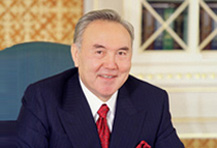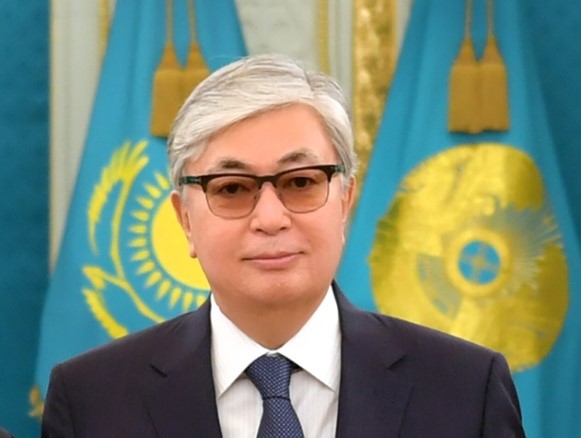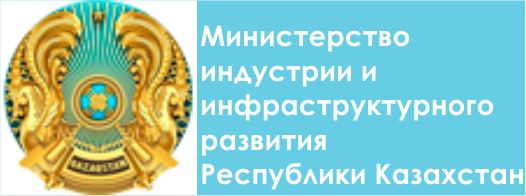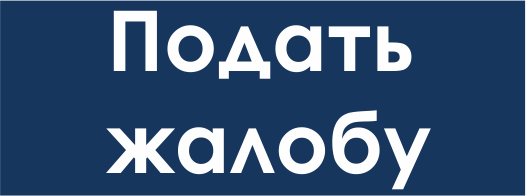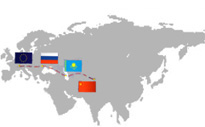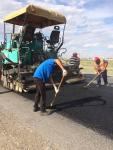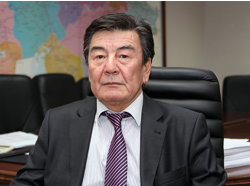
Transport corridor “Western Europe – Western China” is planned to add branch towards the countries of Persian Guff. The branch will start from the territory of Kazakhstan. The main part of Kazakhstan’s land will be put into operation in 2017. Deputy Chairman of Road Committee of the Ministry of Investments and Development Amangeldy Bekov told in interview on the preliminary results of construction, creation of infrastructure and other details of one of the largest projects on transport on the territory of the CIS countries.
- What stage is the construction of Kazakhstan’s section of the corridor “Western Europe – Western China” in now?
- We have already built 1728 km. By the end of 2014 we plan to open the road from Shymkent to the Russian Federation. The work is carried out in 4 regions: Kyzylorda, South Kazakhstan, Zhambyl and Almaty. The construction of almost all road sections is financed through the international financial institutions. It is planned to complete the construction of our section of the corridor in 2017.
- What advantages has the corridor “Western Europe – Western China”?
-The main advantage is in time reduce. For example, it takes 11-15 days to deliver cargo through the Trans Siberian Highway, 45 days through the sea. The volume of cargo traffic through the corridor is about 30 million tons per year.
- What difficulties exist in opening Kazakhstan’s section of the corridor and lack of qualified employees?
- There were difficulties in Kyzylorda region. There was the shortage of stone materials. So they had to bring in some other materials from the Aktobe region for the construction. Another difficulty is land acquisition. In the South-Kazakhstan region judicial processes are still going. Land acquisition is now transferred to local executive bodies, money is allocated to the regions through the republican budget. In some areas we have to leave work and go to other areas, until the missing sections are bought. There is a shortage of qualified professionals. Now by the decision of the Government, the work on this corridor will attract foreign labor. As "Western Europe - Western China" is a promising project with specific deadlines, the Government decided to increase the quota to attract foreign high-skilled workers. It will be machinists of laying complexes with good training and experience, as well as the most experienced engineers, who we will also attract.
- What is the percentage of local content in the construction of our site of the corridor?
- At the moment, 95% of materials used in the construction were produced in Kazakhstan. For example, cement, aggregates, metal. The armature is the only thing we order in Russia, because there is a difference in price, our manufacturers are requesting more.
In human resources we have the same situation. Only 3-5% of all workers are foreigners, the rest are citizens of Kazakhstan.
- What long-term plans do you have?
- This road connects not only China, Kazakhstan and Russia, but also Kyrgyzstan, Uzbekistan and Tajikistan. In the future there will be Turkmenistan and the Middle East. Because we want the corridor "Western Europe-Western China" to have a branch towards the Mangistau region, and then towards the Persian Gulf. The construction of this branch is scheduled to be completed by 2020.



